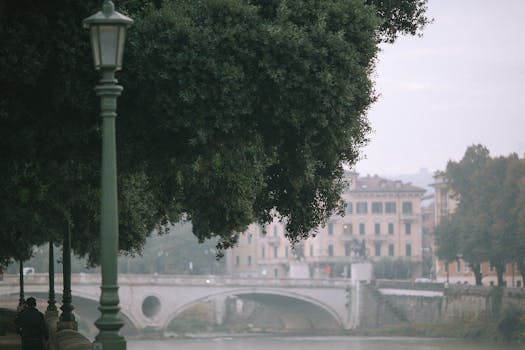
Urban Green Spaces: The Future of Outdoor Living in European Cities by 2025
Urban Green Spaces are becoming increasingly important in European cities, and for good reason. As the world becomes more urbanized, the need for green spaces has never been more pressing. In this article, we will explore the future of outdoor living in European cities and how urban green spaces will play a vital role in shaping this future.
What are Urban Green Spaces?
Urban Green Spaces refer to any area of greenery within an urban environment. This can include parks, gardens, green roofs, and even street trees. These spaces provide a range of benefits, including improved air quality, reduced noise pollution, and increased biodiversity. They also offer a space for recreation, relaxation, and socialization, which is essential for both physical and mental health.
The Importance of Urban Green Spaces in European Cities
European cities are among the most densely populated in the world, and as such, they face unique challenges when it comes to providing green spaces. However, many European cities are leading the way in terms of innovative and sustainable urban planning. For example, the city of Copenhagen has implemented a green roof policy, which requires all new buildings to have a green roof. This not only reduces stormwater runoff but also provides insulation and creates habitats for wildlife.
The Future of Outdoor Living in European Cities
By 2025, European cities are expected to be even more densely populated, with an estimated 80% of the population living in urban areas. As such, the need for urban green spaces will only continue to grow. However, with the rise of urbanization, there are also concerns about the impact on the environment. Climate change, air pollution, and noise pollution are just a few of the challenges that European cities will face in the coming years.
Solutions for the Future
So, what can be done to ensure that urban green spaces continue to thrive in European cities? One solution is to incorporate green infrastructure into urban planning. This can include green roofs, green walls, and even urban forests. These spaces not only provide benefits for the environment but also offer a range of benefits for residents, including improved air quality, reduced noise pollution, and increased opportunities for recreation and socialization.
Conclusion
In conclusion, urban green spaces are essential for the future of outdoor living in European cities. As the world becomes more urbanized, the need for green spaces has never been more pressing. By incorporating green infrastructure into urban planning and providing innovative and sustainable solutions, European cities can ensure that they remain livable, sustainable, and enjoyable for generations to come.






